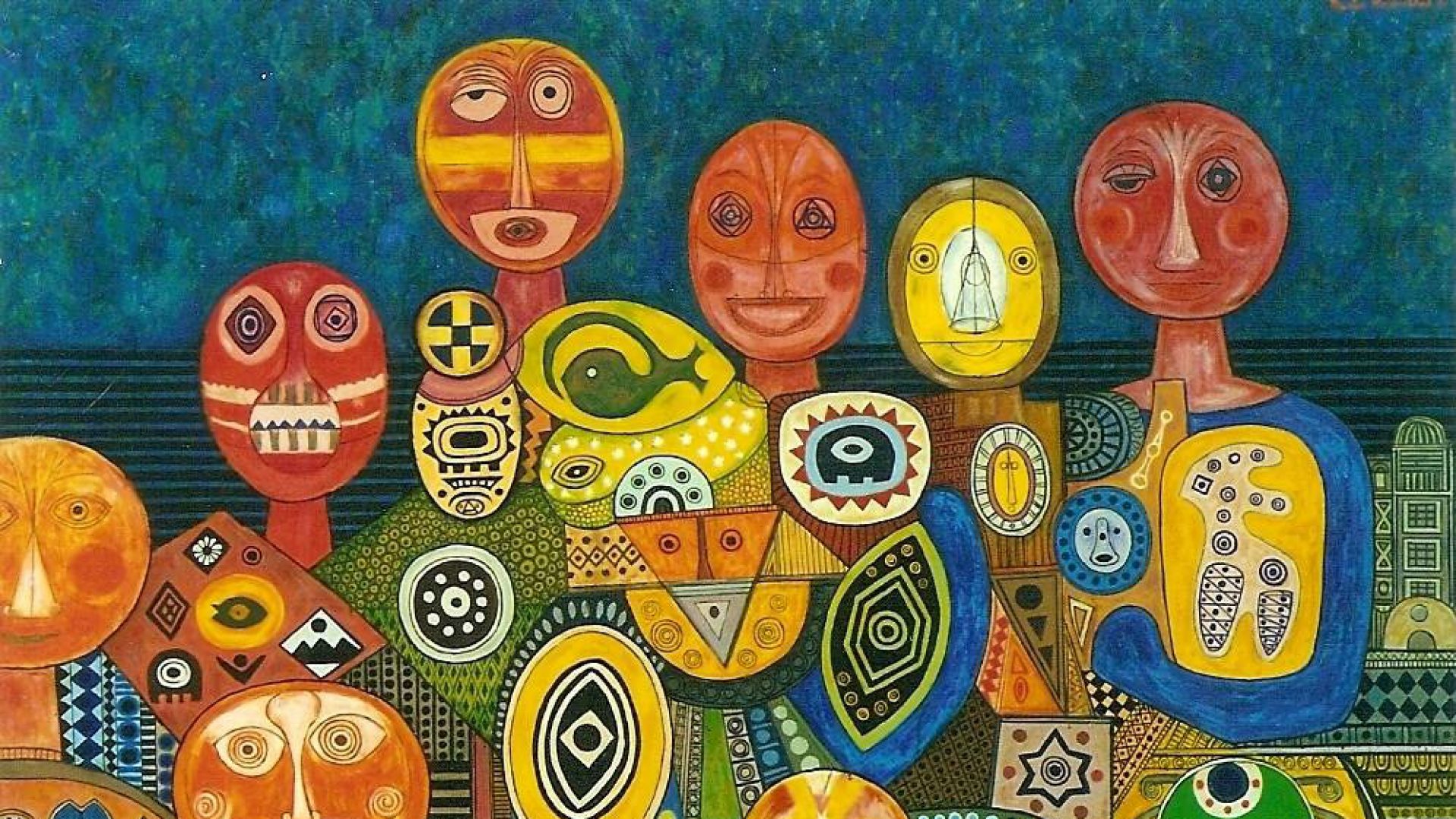The two podcasts to be reviewed in this blog are from Latino USA, part of the Futuro Media Group, National Public Radio. The first one, Yanira’s Story, was aired on March 16, 2012, while the second one You Crazy? Latinos and Mental Health was forecasted on April 19, 2013.Both episodes last approximately 30 minutes.
Yanira’s Story deals directly with the issue of Latina suicidality. Dr. Luis Zayas, the leading researcher on the topic is interviewed as well as Yanira, a 17 years old Latina from The Bronx, NY who suffered from depression and attempted suicide. According to CDS surveys since 1991, one in seven teen Latinas has thought of suicide and/or attempted suicide. In Dr. Zayas’ opinion, Yanira’s is the typical story, repeated again and again from the hundreds of teens he has studied during his research. A teen Latina whose parents-mostly mother- restrict their freedom to grow. Over time, this restrictions undermine the quality of the mother-daughter relationship, leading to the teen’s depression, and eventuality to suicidal ideations and attempts. In this episode, Yanira’s description of how years of lack of freedom to socialize and the escalation of responsibilities at home lead her to her suicidal attempt illustrates Dr. Zayas’ theory of how the suicidal attempts in young Latinas take place. But why? What are the causes of the high suicidality rate among Latina girls? Maria Hinojosa-the narrator and interviewer- and Dr. Zayas dedicate almost seven minutes to elaborate how Latino culture and acculturation to the US seem to hold the key to answer this question; “There is no alternative explanation” Dr. Zayas says.
The second podcast deals also focus on mental health issues in Latino adolescents. This time, three Latino college students speak on their difficulties growing up, and how these experiences impacted their mental health during their adolescent years. Dr, Sergio Aguilar-Gaxiola, principal investigator of the Mexican American Prevalence and Services Survey, the largest mental health study conducted in the United States on Mexican Americans, was invited for this episode where high levels of depression and anxiety in Latino adolescents were connected with issues of immigration, alienation, abuse, discrimination, poverty, and others. Each student’s story illustrates these connections as well as issues of mental health stigma in the Latino community. Dr. Aguilar-Gaxiola advocates for reducing the stigma as way to improve access to mental health services in the Latino community.
These two podcasts follow similar format. Right after announcing the main topics, the narrators made a few minute-detour into somewhat unrelated issue. In Yanira’s story, Hinojosa included a 3 minutes interview with Miriam Zoila Perez, a writer and an activist, about reproductive rights and Latinas. In the second episode, Felix Contreras makes a three minute comment on the latest development in the immigration debate pointing to a major bill introduced to congress by the called Gang of 8 lead by John Mc Cain. Right after these segments, the main topics of conversations and those interviewed were again introduced, something that was done after every transition or break. Music was played for about 40 seconds to mark transitions between topics, between the interviewers’ voices, and during breaks for programming announcements. Salient comments from the interviewers were included in the announcements of the main topics as well as in the reintroductions after transitions or breaks. The time allocated to the professional voices was the same as the time allocated to the voices of the young people interviewed for the podcasts. In the case of Yanira’s story, each of the voices took close to 8 minutes. For the second podcast, given that there were three college students and a professional, each one was allocated close to 4 minutes. Both podcasts, had at the end a conclusion segment of about two minutes during which the producers, supporters, grants, administrators, creators, directors, and narrators were identified.
